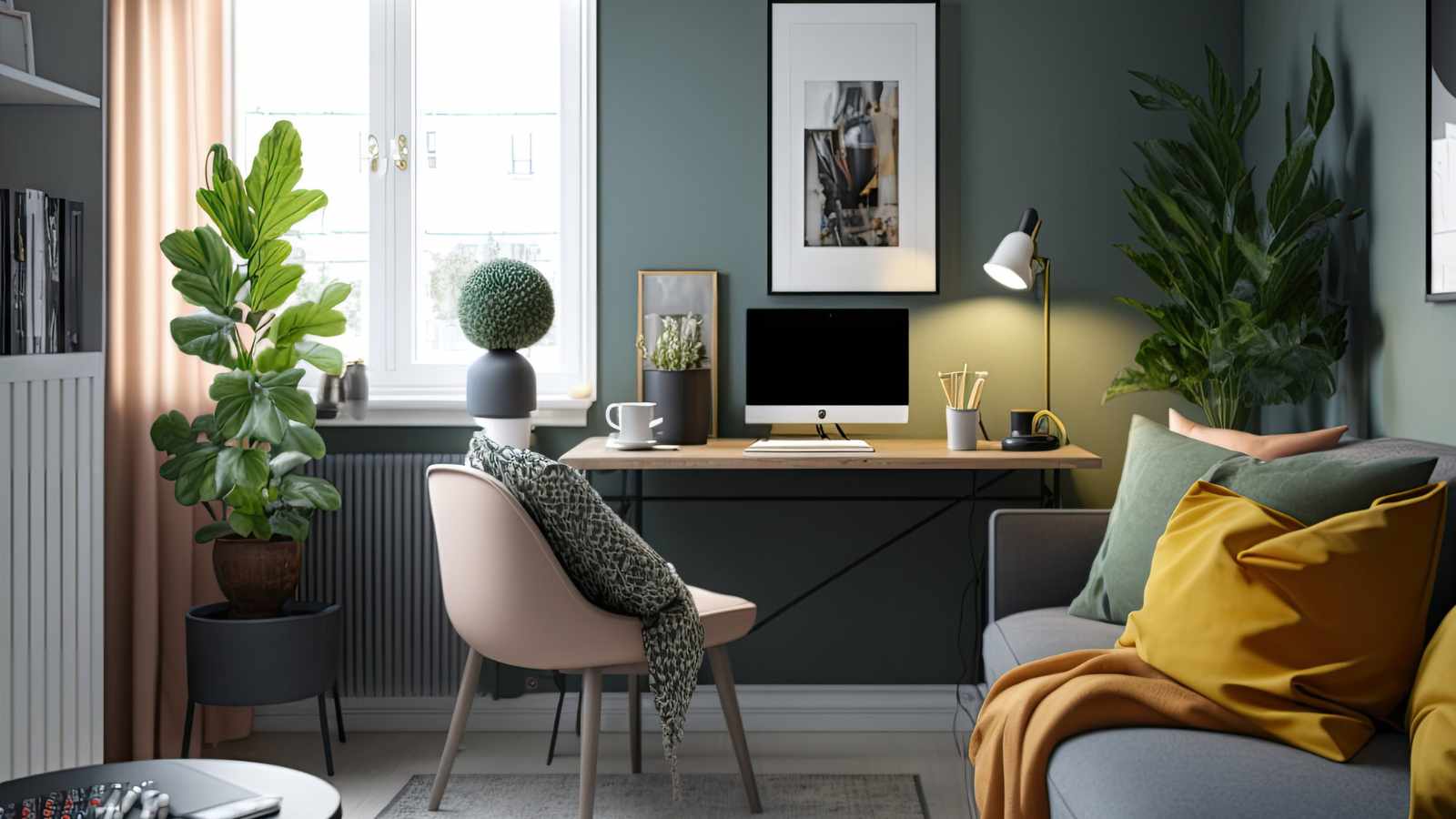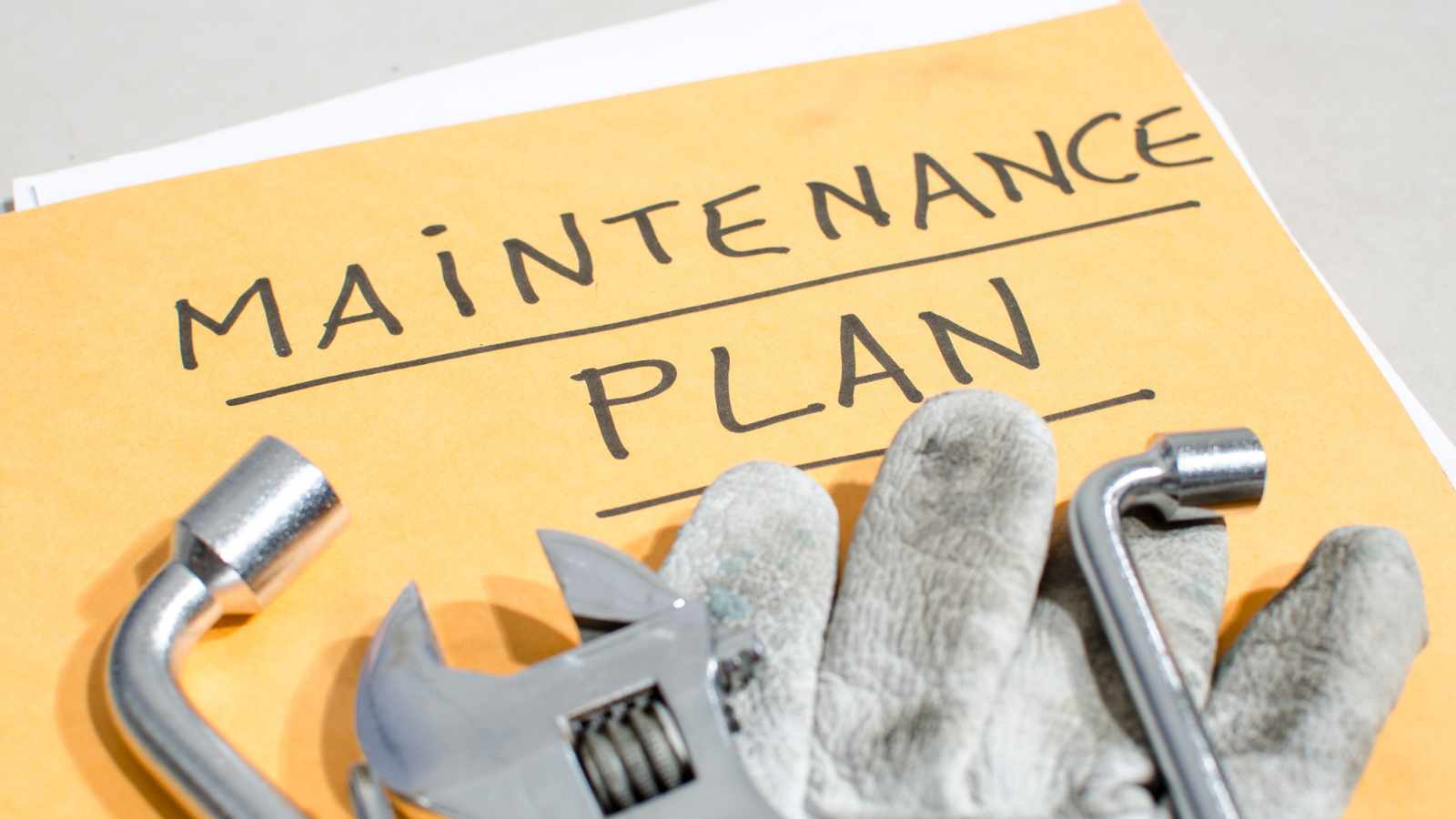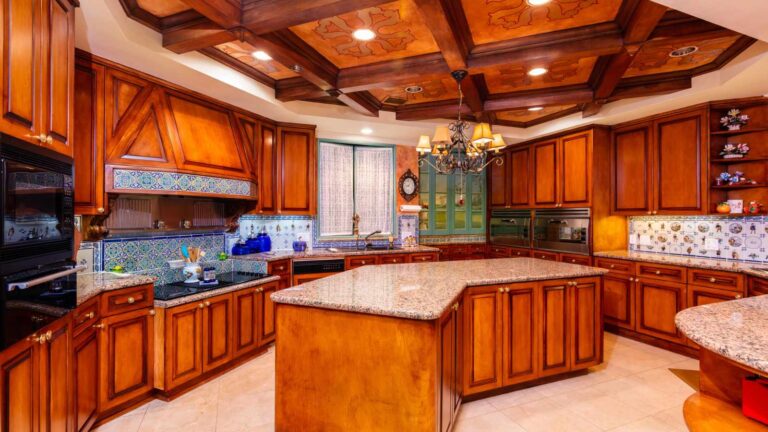6 Genius tiny-living hacks that will transform your apartment

Living in a smaller apartment doesn’t mean sacrificing comfort, style, or functionality. With intentional design, thoughtful planning, and effective hacks, a compact space can feel spacious, calming, and efficient.
When one’s home is cluttered, overloaded with possessions, or chaotic in layout, it imposes a hidden mental burden. Minimalism (the reduction of excess possessions and simplification of surroundings) is linked with lower stress levels and improved well-being.
A 2023 study by PMC found that minimalist behaviours were associated with improved life satisfaction and happiness. Simplification reduces the brain’s background noise, allowing more cognitive bandwidth to focus on what matters.
Here are six genius tiny-living hacks that will transform your apartment.
Vertical Space Magic

One of the most effective ways to extend usable space in a small apartment is to think vertically — use walls, ceiling zones, and tall storage units rather than relying only on floor area. Vertical storage helps free up floor real estate, improves traffic flow, and reduces visual clutter.
Installing floating shelves, tall bookcases, pegboards, or over-door racks turns previously unused surfaces into functional zones. A study by the Research Trends Journal on smart storage in small urban apartments confirms that optimized storage systems (that integrate seamlessly with aesthetics) can significantly increase the usability of compact living spaces.
When implementing vertical solutions, consider:
- Choose tall units (e.g., floor-to-ceiling shelving) rather than squat, wide ones.
- Use hanging elements (hooks, pegboards) to keep frequently used items accessible and off surfaces.
- Keep floor zones open to preserve a sense of space and movement.
- Use consistent finishes and align shelving with the wall colour to avoid visual fragmentation.
Multi-Functional Furniture

In a small apartment, each piece of furniture must work harder. Multi-functional furniture — pieces that serve more than one purpose — is a smart investment. Think sofa beds, ottomans with hidden storage, nesting or fold-away tables, murphy beds, and modular units that adapt to different uses.
A 2024 study by ResearchGate investigating “flexible furniture in small spaces” established that flexible, transformable furniture plays a critical role in promoting well-being in tiny homes. When furniture can retract, convert, or conceal its function when not in use, it enhances usability and reduces the sense of crowding.
Some practical suggestions:
- Sofa bed: acts as seating during the day and a bed at night.
- Folding table or wall-mounted drop-leaf: useful for dining or work, stowed when not needed.
- Ottoman or bench with internal storage: hides seasonal items or bulky things like blankets.
- Nesting tables: one table expands when needed, and collapses into a smaller footprint when not.
- Wall bed or loft bed (for rentals, make sure it’s allowed): frees up daytime floor space.
When selecting multi-functional pieces, consider durability (since they will be used in different modes), ease of conversion, and alignment with your lifestyle (e.g., if you work from home, a daylight workstation might be more important than a guest bed). Good furniture doesn’t just store or seat — it transforms your space.
Smart Storage Strategies

Beyond vertical orientation and multi-functional furniture, effective storage hinges on smart organization: using hidden zones, maximizing underutilized areas, and streamlining access. In essence, it’s about “store less, store smarter.”
Some proven tactics:
- Under-bed drawers or rolling bins: Use the space beneath the bed for storage instead of leaving it empty. Many closet-less apartments benefit from this.
- Over-door racks and organizers: the back of doors is often wasted space; it can be used for shoes, bags, toiletries, or cleaning supplies.
- Stackable/labelled bins in closets: keep seasonal items or infrequently used items out of the way but accessible.
- Hidden compartments or multifunctional furniture (as above) that double as storage.
Significantly, the organization itself reduces cognitive load; When you know exactly where things live, you spend less mental energy searching, dealing with mess, or rethinking layouts. This aligns with findings by Grand Rising Behavioral Health that clutter and disorganization contribute to decision fatigue and lower satisfaction.
Tip: invest in a “zone map” of your apartment: identify each functional zone (sleeping, working, lounging, storage) and ensure each zone has a defined storage or surface strategy. When items stray out of the zone, reset them.
Light & Colour Illusions

Visual perception plays a huge role in how large or small a space feels. Even when the footprint is fixed, the right lighting, colour palette, and design choices can make your apartment feel more open, inviting, and less confined.
Research on lighting in architectural interior spaces shows that light characteristics (intensity, colour temperature, distribution) influence emotional states and perceptions of space. A 2025 systematic review by ResearchGate found that indoor lighting significantly affects both physiological and psychological dimensions, including mood. Another study by MDPI found that lighting layout and fixture positioning affected occupants’ perceptions of amenity and efficiency in residential environments.
Some practical applications:
- Maximise natural light: keep window areas clear; use light-filtering rather than heavy drapes; use mirrors to reflect light into darker corners.
- Use light, neutral wall colours to open the space visually. Dark colours tend to absorb light, making rooms feel tighter.
- Use layered lighting: ambient ceiling light, task lighting (desk/reading), accent lighting (floor lamps or LED strips). Balanced lighting reduces shadows and corners that visually “shrink” the room.
- Use wall mirrors or reflective surfaces (glass, metallic décor) to enhance openness.
DIY Custom Solutions

Off-the-shelf furniture and storage solutions are fine, but one of the most cost-effective ways to optimise a small apartment is through DIY customisation. This offers you tailor-made solutions that fit your habits, budget, and layout perfectly.
Ideas include:
- Upcycling old furniture (e.g., repurposing a dresser by adding sliding rails for under-bed storage).
- Building wall-mounted shelving with brackets and reclaimed wood.
- Using peel-and-stick décor to refresh walls without major renovation (important for rented apartments).
- Employing modular DIY shelving systems that can shift as your needs evolve.
- Creating personalised concealed storage (e.g., bench seating over a window with hidden compartments, or a platform bed with drawers).
Such customisation does more than save money: it gives you ownership of the space and encourages thoughtful decision-making, which combats clutter accumulation and supports a minimalist mindset. Minimalist lifestyles, in turn, are linked with improved well-being.
When doing DIY in a rental context, ensure you check with your landlord about permissible modifications, use non-invasive solutions (adhesive hooks, free-standing units), and focus on practical, reversible upgrades.
Smart Tech for Compact Comfort

Technology isn’t just for sprawling smart homes. In smaller apartments, smart home devices and automation can streamline routine tasks, reduce clutter (fewer cords/devices), control energy use, and enhance comfort — all of which contribute to a better living experience.
A 2023 study by ScienceDirect found that smart home solutions simplify household tasks, increase energy efficiency, and provide long-term benefits for users.
Practical smart tech ideas for small apartments:
- Smart lighting (LED strips, wall-mounted smart bulbs) that you can dim, change colour temperature, or schedule — reducing the need for multiple fixtures and managing mood/space perception.
- Voice-activated assistants (smart speakers) to control multiple devices, reducing the number of physical switches and better utilising wall surfaces.
- Compact smart appliances (e.g., mini-dishwasher, washer-dryer combo) are designed for smaller units.
- Smart plugs or power strips with monitoring to manage phantom energy loads and keep cords out of sight.
- Home-automation scenes (e.g., “bedtime mode” dims lights, closes blinds, plays ambient sound) that streamline transitions and reduce visual/mental clutter.
Maintenance & Mindset: Keeping a Small Space Functional

Implementing the hacks is only half the battle — the other is sustaining the change. A small apartment is efficient by design, but without disciplined maintenance, clutter and inefficiency can creep back in.
To keep your space working:
- Adopt a monthly check-in: look for items that no longer serve you, that don’t fit zones, or that are stored inefficiently.
- Use a one-in-one-out rule: when you bring in a new item, remove one item. This sustains minimalism and prevents overflow.
- Listen to your space: if a zone feels crowded, ask “why?” and adjust the furniture or storage rather than just accepting the crowding.
- Celebrate flexibility: rearrange periodically (e.g., rotate furniture seasonally) to avoid stagnation.
- Maintain a mindset of intention: every item, furniture piece, or tech device is intentional. When everything has a purpose and place, the apartment works for you — rather than you working for your apartment.
These practices support the psychological benefits of tiny living: clarity, ease, focus, and well-being.






